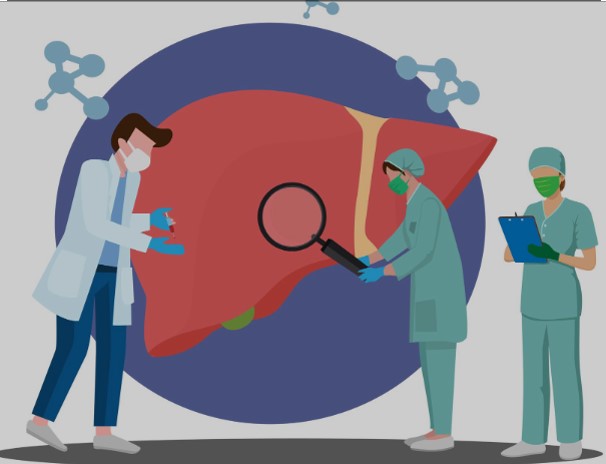Understanding Liver Cirrhosis: Causes, Complications, Diagnosis, and Treatment
Liver cirrhosis is the result of chronic liver injury leading to fibrosis and scarring, which impairs liver function.
Causes:
-
Chronic Viral Hepatitis: Hepatitis B (HBV) and Hepatitis C (HCV) are leading causes of cirrhosis in Taiwan. HBV is often transmitted from mother to child at birth. Since the implementation of a universal HBV vaccination program in 1984, the carrier rate among vaccinated cohorts has significantly declined to around 1% . However, individuals over 40 years old, born before the vaccination program, still exhibit higher HBV carrier rates and are at increased risk for chronic hepatitis and subsequent cirrhosis. HCV transmission is less common but remains a concern, particularly among intravenous drug users .
-
Alcohol-Related Liver Disease: Excessive alcohol consumption can lead to liver inflammation and scarring, progressing to cirrhosis .
-
Non-Alcoholic Fatty Liver Disease (NAFLD): Associated with obesity and metabolic syndrome, NAFLD can progress to non-alcoholic steatohepatitis (NASH) and cirrhosis .
Complications:
Cirrhosis can lead to portal hypertension, causing:
-
Esophageal and Gastric Varices: Enlarged veins that can rupture and bleed .
-
Ascites: Accumulation of fluid in the abdomen .
-
Hepatic Encephalopathy: Cognitive dysfunction due to liver failure .

Diagnosis:
Early-stage cirrhosis may be asymptomatic. Diagnosis involves:
-
Imaging: Ultrasound and elastography assess liver stiffness and fibrosis .
-
Laboratory Tests: Blood tests evaluate liver function.
Treatment:
While cirrhosis is irreversible, management focuses on:
-
Addressing Underlying Causes: Antiviral therapy for HBV and HCV, alcohol cessation, and lifestyle modifications for NAFLD.
-
Managing Complications: Medications and procedures to control portal hypertension and its effects.
-
Liver Transplantation: Considered for advanced cases; five-year survival rates post-transplant are approximately 75% .
Regular monitoring and early intervention are crucial for individuals at risk of liver cirrhosis.
